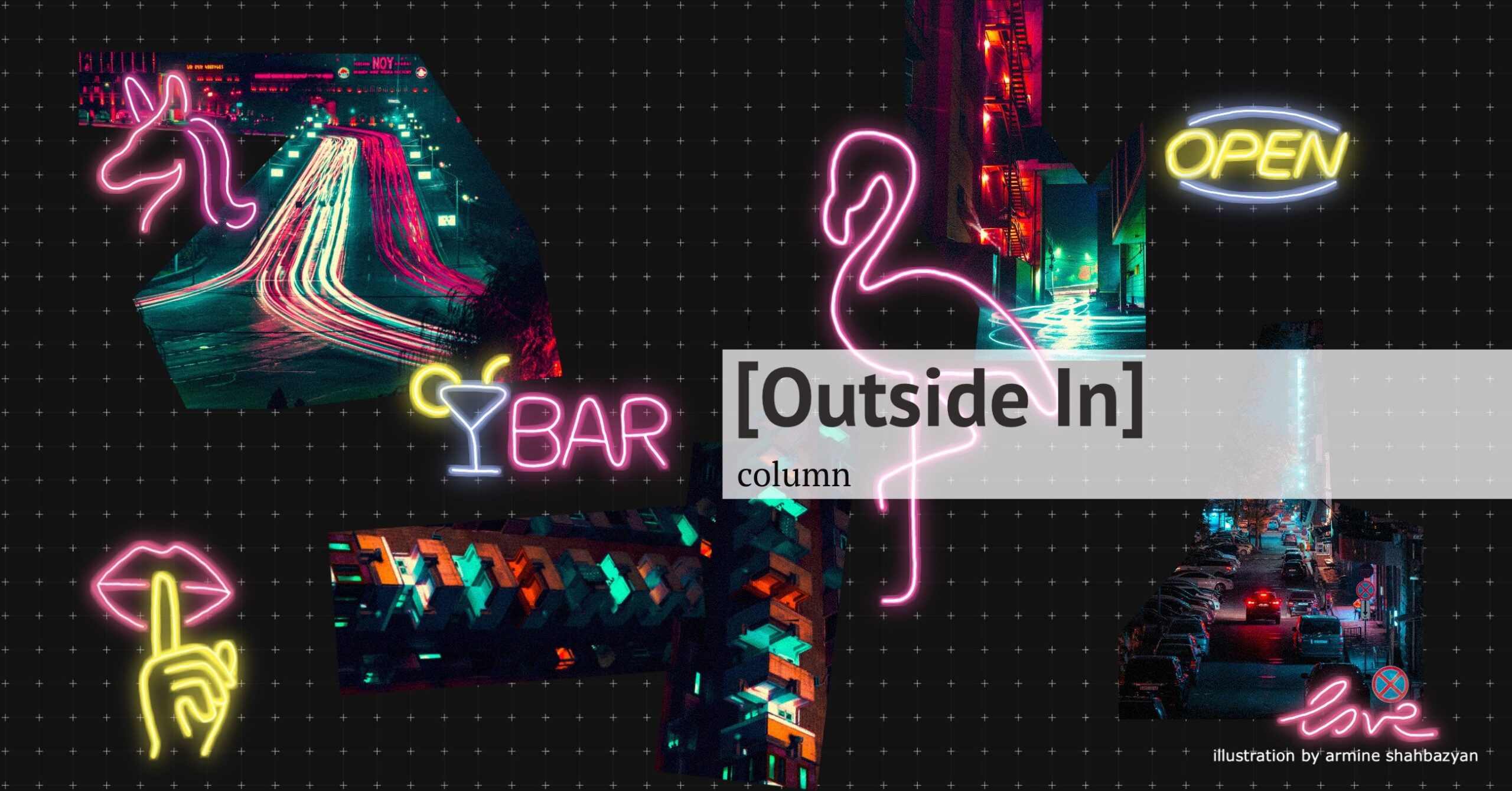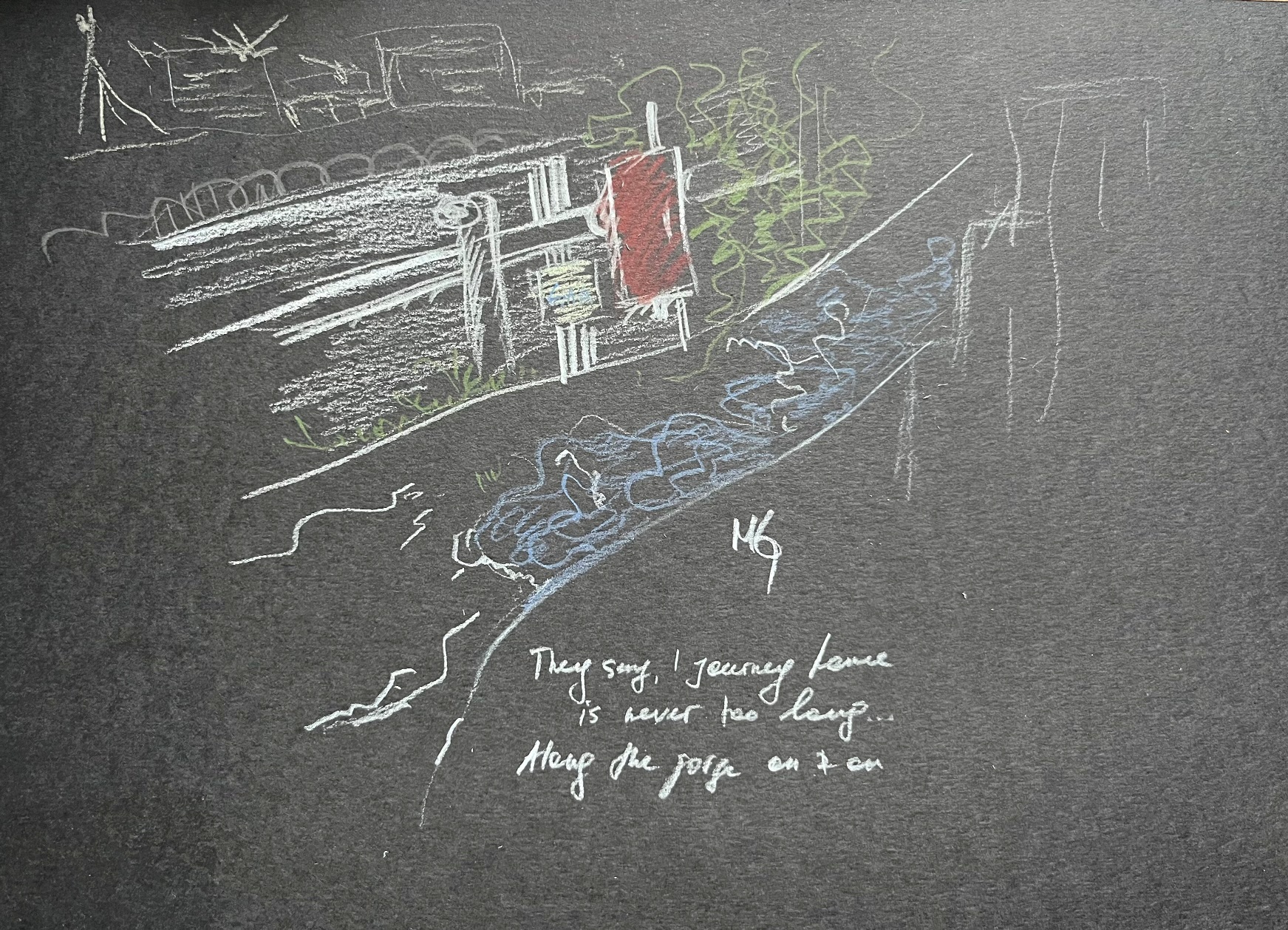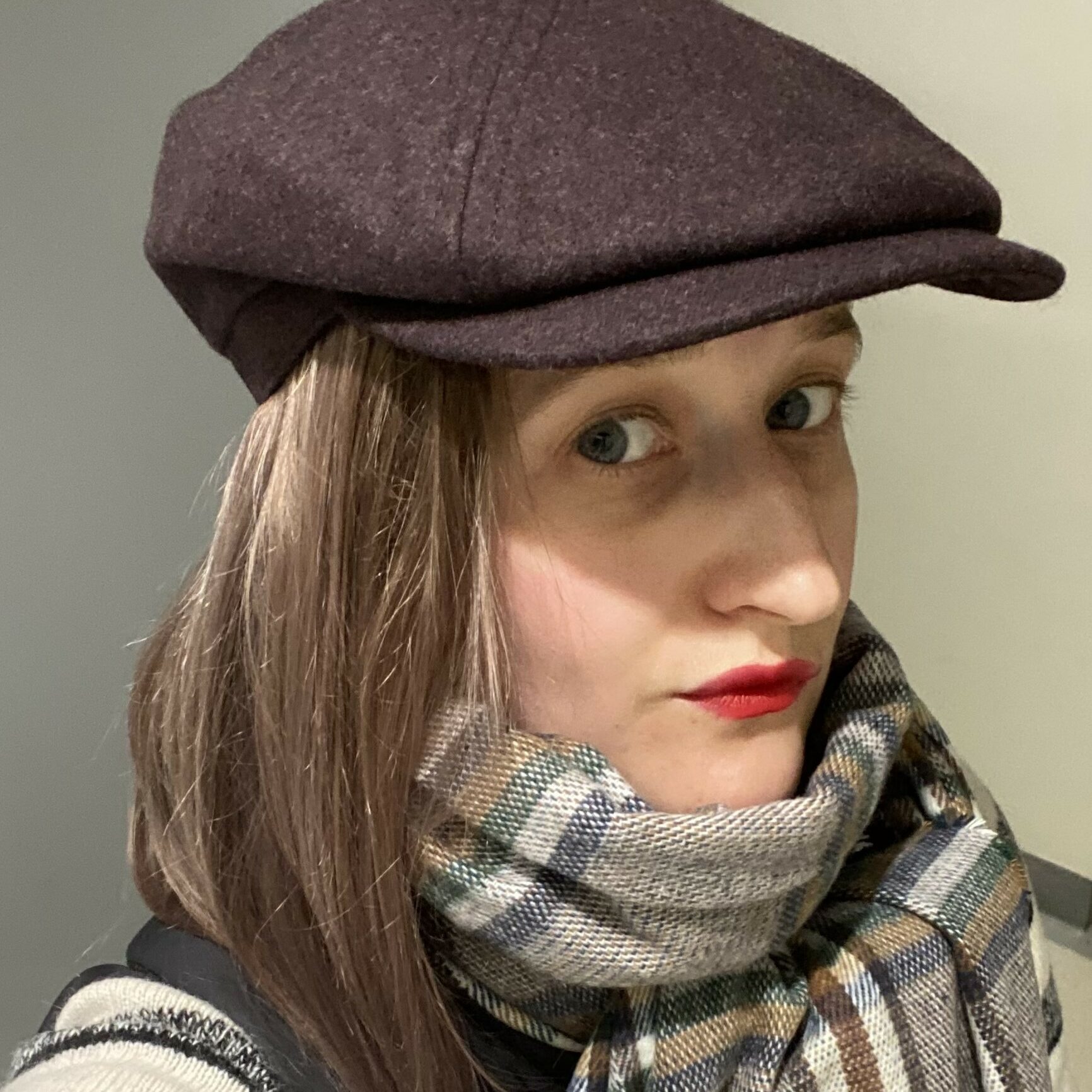
Visiting one post-Soviet state, you can then recognize it in all others – the similar patterns of urban planning and the identical buildings, structures, roads, pipes, wires, tiles, etc. However, an outsider delving inside under the extreme familiarity of the material environment finds an extreme “strangeness” of social interactions and practices. The “Outside In” series is about emplaced paradoxes and nuances. It spotlights the mundane in Armenia’s peripheral locations, where the seemingly unspectacular encounters with people and things allowing us to capture the unique features of the territory.
Listen to the article.
Outside In
Essay 17
Give me your hand and come with me
Let’s walk through our city…
Bars are full tonight
They smell of wine and temp people…
Tonight, each defends on their own
Not to be devoured by the night
(A liberal translation of the Croatian song Noć, cha cha cha, 1983)
“Outside In” is, by default, a chronicle of my travels through Armenia. It usually neatly bypasses Yerevan, leaving the capital to the poets and researchers who do it justice. Yet, this time, I turn to Yerevan. Partly because I deeply miss my pink metropolis after being away for a long while and, more so, because after dark, Yerevan becomes obscure and enigmatic. It undergoes a transformation similar to Dr. Jekyll turning into Mr. Hyde. As the sun sets, the cityscape morphs into something else which is neither better nor worse, it just operates under different rules and rhythms. Urban night is the time of the illusionary, the marginal, the fun, and the improper, the elements that make life effervescent. What follows is an attempt to capture this vibe. It is about everything and nothing in particular. The characters are fictional, and situations are fantasies. Or maybe they aren’t. Who knows?
Let’s dwell for a while in Yerevan, where conventional time loses its grip, replaced by a more personal, subjective experience of duration. Where familiar spaces shapeshift—bending, stretching, squeezing, but never breaking—showcasing the altered interplay between the physical, social, and economic realms after darkness falls.
The first notable shift occurs in Yerevan’s luminescence. The harsh, nearly surgical sunlight that leaves no room for secrecy—revealing each crack in the asphalt and every makeup-caked pore—gives way to an artificial constellation of lights. Streetlamps cast pools of amber onto the warm tufa, neon signs pulsate craving attention, and apartment windows glow in shifting hues, like countless fireflies trapped in concrete and steel. Outside, the ever-illuminated city center, bars, shawarma places, and late-night shops create oases of light, like islands in an ocean of darkness. Artificial illumination deepens shadows, making them more dramatic than their daytime counterparts, turning familiar material forms into weird shapes or abstract lines.
The soundtrack of the city also transforms. The daytime cacophony of construction, relentless traffic, and pedestrian bustle fade into a different kind of composition. Traffic hums in the background but never fully disappears, while sirens and the clatter of rubbish trucks echo more prominently through emptier streets. In residential areas, sounds become more intimate—snippets of conversation drifting from open windows, music spilling softly into the night, the clinking of plates from late-night dinners. Yet those, like me, who live near the Hrazdan Gorge, never quite experience this hush, at least not in the warm season. We are privileged to listen to rabiz music or terrible Russian pop blaring late into the night, accompanied by the thick aroma of khorovats from the restaurants down below.
Spaces serve different purposes and feel different after dark. Restaurants hosting business lunches by day transform to accommodate intimate dinners. Semi-sober or semi-drunk wanderings through the streets cease being entirely inappropriate. While daytime Yerevan sees respectful wine tastings at InVino or Decant, nighttime brings a different drinking culture. From high-end cognac bars to basement eateries serving moonshine, the night reveals both the sophisticated and raw aspects of drinking culture. Bars, especially those lining Saryan and Tumanyan streets, pulse with life and laughter, serving as places to show off and spaces for silent surveillance. Michel Foucault might call it a panopticon; Guy Debord, a theater of display. If anonymity is your goal, steer clear of central streets, especially after dark. The city’s “social KGB,” as one acquaintance called it, ensures that any sighting—what you wore, what you ate, and who you were with—will spread through town in no time. For those seeking refuge from strangers’ gazes, Yerevan luckily offers hidden bars tucked inside garages, residential houses, or even ruins. Very selfishly, I am not going to reveal their location, not yet. But in any case, let’s be clear: in Armenia, total anonymity is an illusion.
Parks that host mothers with strollers, picnickers, old man playing backgammon, and occasional joggers by day transform into clandestine meeting spots and off-grid zones by night. Once, I asked my only male student from Yerevan State University to explore Yerevan at night with a female friend(s) for the sake of better understanding their perspective. During next class, he reported back:
“Well,” he said, “I asked her which path she takes to cross the park, and she answered that she never goes through the park at night but takes a taxi instead.”
Indeed, night is not only about romance and fizz; it is also about danger. In the dark, some stroll unhurriedly, while others walk swiftly and cautiously. That said, I must admit that of all the places I’ve been and lived, I feel safer at night in Armenia, than most. I am convinced that if I meet my end here, it won’t be in some dark alley—it will be a white Niva running me down at a chaotic intersection in broad daylight. Other dangers seem to pale in comparison. Despite my male friends’ insistence on calling me a taxi, I refuse to give up on strolling home along the poorly lit, winding lane that follows the Hrazdan Gorge, listening to tranquil music and observing the shadows. Even when strolling feels like a slow, clumsy swim along the path that turns into a small river after heavy summer rains. But, of course, I do not advise others to follow my example. Not unless you carry pepper spray, practice martial arts, or can suck your offenders dry like the main character of the self-proclaimed Iranian vampire western “A Girl Walks Home Alone at Night.”
There’s a certain intimacy to the nighttime city that its daytime self rarely achieves. Those who inhabit the night often feel a kinship, a shared membership in a secret society of the sleepless. Late-night food vendors and bartenders know their regular customers by name, while nightclub doormen act as unofficial guardians of their small domains. This intimacy dwells on the verge of illegality—nightfall reveals the city’s dark side, forgive my tautology. Night signifies the emergence of the city’s shadow economy and sociality, which follow their own peculiar orders, with unspoken boundaries, established territories, and complex relationships between law enforcement, local businesses, and those operating in the grey areas of legality. At this point, dear little hypocrites who have made it this far, you can close your chaste eyes or pretend none of what I say below exists.
Certain street corners in Yerevan transform into unofficial marketplaces where illicit transactions occur in plain sight yet remain invisible to casual observers. Sex workers appear in their established territories, an underground economy as old as urban life itself. Some venues, like the fancy Cabaret Charlotte and other so-called “male clubs” (read: strip bars), flash their signs, inviting men to “relieve the pressures of family life.” The numerous other locations for hanging out with “auxiliary wives” are less visible and known only to insiders. And let us not forget the drug dealers, following the well-worn “Sex & Drugs & Rock & Roll” quote. They, too, stake out their territories, operating within a sophisticated network of lookouts and runners, their business conducted through subtle gestures and coded language.
The zebra philosophy asserts that after each dark stripe comes a white one. As morning approaches and the first hints of dawn appear, Yerevan shakes off its nighttime persona and returns to decency. The night’s inhabitants retreat, the morning shift arrives, and the cycle begins anew—each version of the city equally real, equally vital, yet distinctly its own. You down a glass with some aspirin, shaking off the hangover you got from too much cognac or mixing beer and doo-doo at The Beatles. Hello, sunshine! It’s time to step back into the reality of another day, protected by sunglasses and a thick layer of sunscreen.

Drawing by Maria Gunko.

Maria Gunko is a DPhil Candidate in Migration Studies, Hill Foundation Scholar at the School of Anthropology and Museum Ethnography University of Oxford. Since 2023, she has joined Yerevan State University as a Visiting Professor. Maria holds an MSc and Kandidat Nauk (Russian post-graduate degree) in Human Geography.
Maria’s research interests lie in the intersection of urban studies and social anthropology, including ethnography of the state, infrastructures, and urban decay with a geographical focus on Eastern Europe and the Southern Caucasus. She is the co-editor of one monograph, author of over thirty scientific articles and op-eds.

